It always puzzles and saddens me a little when an adult acts apologetic to me about their reading habits. I often get “I don’t like to read, I just read magazines,” or “I’m not much of a reader, I just read books like Twilight.” There is an assumption that, because I teach reading, I believe that everyone should have read Pride and Prejudice and The Great Gatsby 8 times each by the time they hit adulthood, and have gained new insight with each reading.
This assumption couldn’t be farther from the truth. I spend my day trying to get kiddos to love reading. One critical part of this is helping them discover what kind of reader they are. There are, in fact, many different kinds of readers, just as there are many different genres to read. Jerry Seinfeld said “I could read the sports section with my hair on fire.” I’m not sure I have ever read a full article on sports. But we are both voracious readers, depending on what we are given to read. If we want our students to love reading, we have to give them the texts that they would read with their hair on fire. We are never going to be able to do this if our definition of a “reader” is limited to people who love novels.
Books to Engage Readers
Think of a food that you hate. For me it’s soggy broccoli. I can’t stand the stuff. But that doesn’t mean I don’t like to eat. That doesn’t even mean I don’t like broccoli! I love it in stir fry. The same is true with reading. I LOVE murder mysteries, but I’d rather eat soggy broccoli than read the sports section of the paper. Many children will love to read if they are given a diet of texts that they love. The only way to do this, with some children, is to venture outside the world of novels and chapter books.
So where to begin? I try to think about format when I’m trying to rope in my reluctant readers. Especially for my students who struggle with decoding and attention to print, a page full of just words must seem like an insurmountable wall. It would be the equivalent of a whole plate of soggy broccoli, with no cheese or gravy or anything to make it easier to swallow. Books that are colorful, have pictures, play with font, or have other perks like 3D glasses appeal a great deal to the kiddo for whom print is a chore.
The National Geographic Weird But True series, for example, is a great choice for kids who are second grade level and up. They rarely have more than two sentences per page, the font is big and colorful, and the illustrations are very engaging. Most of what National Geographic Kids publishes is very visually appealing to my struggling readers.

Graphic novels are another genre that are great for roping reluctant readers in. They have the rich illustrations that draw kids in and also aid in understanding the story. For younger readers the Elephant and Piggie series is almost universally adored. As they get older the Amulet series, the Bone series, books by Doug TenNapel such as Bad Island, and books by Renee Telgemeier such as Smile have been surefire hits. Stone Arch publishing has too many series of graphic books of all genres to go into here, but check them out too.
Matching Content to Student Interests
I also pay attention to matching content to my readers. Most kids love animals, so that is a surefire way to get kids interested. Nearly all kids love to read about the cute ones—bunnies, puppies, kittens, koalas, etc.—but there is also a subset who adore any creature that is disgusting, venomous, predatory or, if you’re really lucky, all three. National Geographic puts out readers on a wide variety of animals which range from first to fourth grade reading levels. For older readers, I like the 101 series such as 101 Freaky Animals. Once you get to know your students, you can jump off from there. The kiddos who like the cute stuff will often gravitate towards princesses, stories with animals as protagonists and comic books like Garfield. The kids who like the creepier critters may enjoy scary stories, superheroes and adventure books.
It is important as teachers to honor our students reading choices. One way that children assert their independence and individuality is through their interests. When you tell a child that graphic novels aren’t “real books,” you are telling that child that her tastes are inferior. That is not how we get students to love reading. Don’t get me wrong, we want all of our kiddos to try reading novels, just as we want them to try eating broccoli, but we cannot let them think that that is the only valid reading out there. We have to provide them with a varied “diet” of choices, and honor their unique tastes. That is how we get children to read things with their hair on fire.


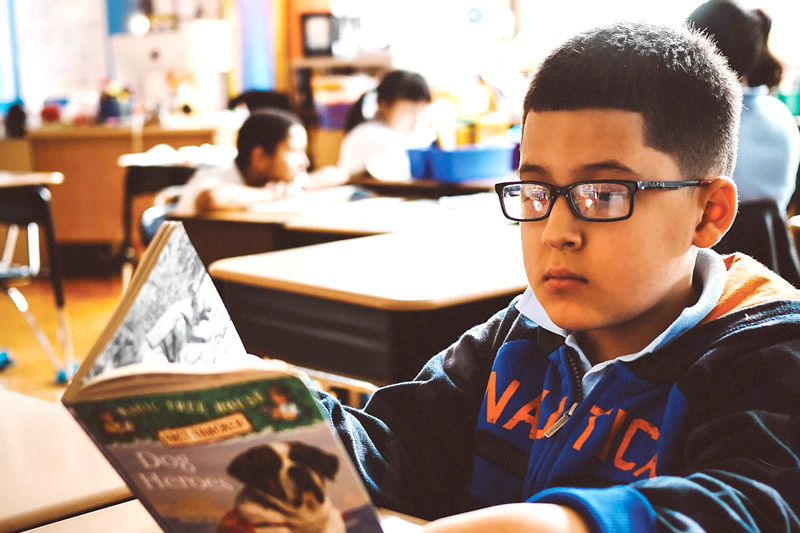
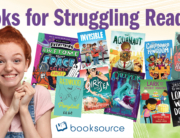
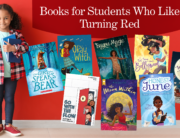
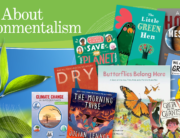
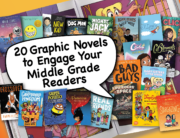
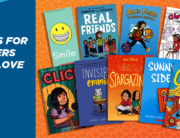
Leave A Comment